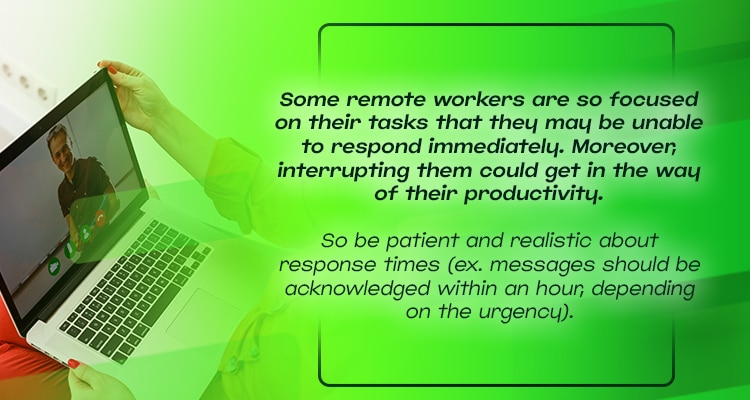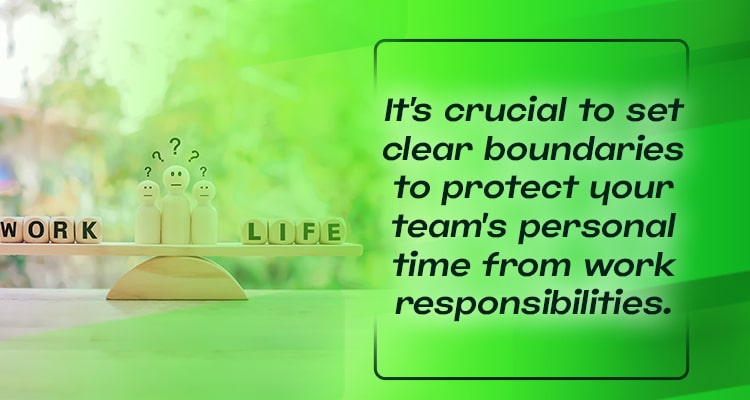Many professionals and business owners are now outsourcing more and more of their operations to remote workers.
There are quite a lot of benefits, like access to a global talent pool, reduced overhead costs, and improved work-life balance for employees.
For example, hiring a virtual assistant lets you delegate administrative tasks and focus on core business activities at a fraction of the cost of in-house staff.
However, many struggle with remote communication, especially if they’re used to having everyone around in one place.
Managing a virtual assistant or other remote talent whom you don’t see in person can be more challenging if you’ve never done it before.
To help you out, here are 5 things you need to do differently when communicating with a remote team.

Manage Expectations for Spontaneous Communication
In the office, you can have quick informal chats at your desk or in the hallway and get instant answers by walking to a colleague’s workstation.
That might not be the case for remote work.
However, don’t expect your remote workers to respond promptly to every message.
Some remote workers are so focused on their tasks that they may be unable to respond immediately. Moreover, interrupting them could get in the way of their productivity.
So be patient and realistic about response times (ex. messages should be acknowledged within an hour, depending on the urgency).
Share Agendas in Advance Before a Meeting
It’s better if the people you’re meeting already know what you’ll be discussing in advance.
Clear objectives help remote teams prepare better so that you don’t waste time – which is so often the case in in-office settings.
Turn On Cameras During Virtual Meetings
In office meetings, team members rely heavily on reading body language and non-verbal cues for better understanding.
However, it’s quite challenging to pick up on these cues during virtual meetings. So if possible, try to turn on the cameras to replicate face-to-face interactions.
Seeing non-verbal cues during meetings can prevent misunderstandings as these provide context to verbal communication.
It also reduces feelings of isolation because it can simulate the feeling of being in the same room.
Make Time for Team Building
Building camaraderie within your remote team can be more challenging compared to an in-house one. This is why scheduling regular team-building activities is important.
Team building activities can be as simple as daily check-ins for casual non-work related conversations.
You can also organize online games, virtual coffee breaks, and remote happy hours.
This way, you can cultivate stronger relationships and create a more cohesive remote team.

Cultivate Clear Work-Life Boundaries
In the office, there’s a clear separation between work and home life. When the office hours end, your employees are free to disconnect and be on personal time.
However, some employers expect their employees to be available and responsive 24/7 just because they’re working from home.
This can lead to employee burnout.
So, it’s crucial to set clear boundaries to protect your team’s personal time from work responsibilities.
For example, you can establish a policy of no contact after work hours (unless it’s a really urgent matter that requires immediate attention).
This helps your team fully disconnect and recharge outside their working hours.
With these tips, you’ll be able to communicate more effectively with your remote team.
However, If you’re still building your dream team (and don’t know where to start), consider outsourcing expert remote workers through Remote Staff.
Whether you need a virtual assistant or other remote talent, Remote Staff can match you with the best remote workers depending on your needs.
Click here to schedule a callback today!
Leandro is a content creator and digital nomad who started his career as a remote working content writer. He is an advocate of location independent sources of income. And he believes that everyone has the ability to be one as well.






